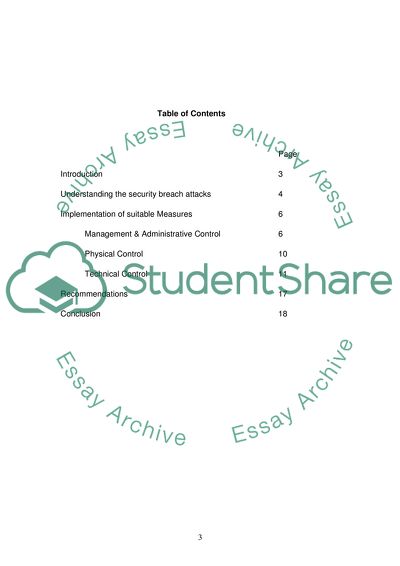Cite this document
(Poor Security Policies of Welco Insurance PLC Case Study, n.d.)
Poor Security Policies of Welco Insurance PLC Case Study. Retrieved from https://studentshare.org/information-technology/1733205-case-study-security-management
Poor Security Policies of Welco Insurance PLC Case Study. Retrieved from https://studentshare.org/information-technology/1733205-case-study-security-management
(Poor Security Policies of Welco Insurance PLC Case Study)
Poor Security Policies of Welco Insurance PLC Case Study. https://studentshare.org/information-technology/1733205-case-study-security-management.
Poor Security Policies of Welco Insurance PLC Case Study. https://studentshare.org/information-technology/1733205-case-study-security-management.
“Poor Security Policies of Welco Insurance PLC Case Study”, n.d. https://studentshare.org/information-technology/1733205-case-study-security-management.


